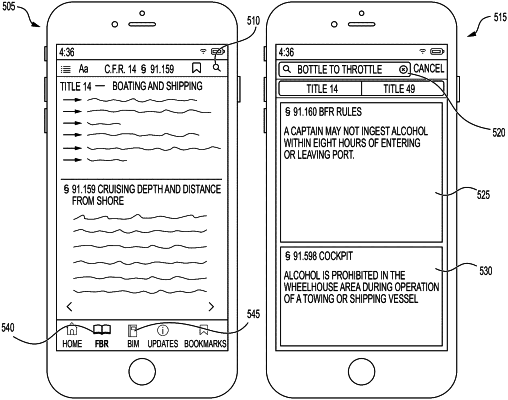| CPC G06F 16/3347 (2019.01) [G06F 16/285 (2019.01); G06F 16/338 (2019.01)] | 20 Claims |

|
1. A method for controlling execution of artificial intelligence (AI) pipelines for semantic data retrieval through client applications, comprising:
receiving, at an AI pipeline endpoint, an AI endpoint key and an AI pipeline input from a client application that executes on a user device, the user device being associated with a user;
causing an AI pipeline execution engine to perform stages including:
identifying a dataset associated with the AI pipeline input;
based on a management policy, determining whether access to the dataset is authorized for a user submitting the AI pipeline input;
causing, based on the AI pipeline input, generation of input vectors with an embedding model, wherein dataset vectors in a vector database were also generated with the embedding model, and wherein the dataset vectors correspond to data chunks of the identified dataset;
causing identification of similar vectors based on comparing the input vectors to the dataset vectors of the vector database;
identifying the data chunks that correspond to the identified similar vectors;
identifying a first AI model for use with the AI pipeline input based on an object selection rule;
generating prompts for use with the first AI model, wherein at least one of the generated prompts relates to formatting specific to the client application;
transmitting the generated prompts and the identified data chunks to the first AI model; and
receiving, from the first AI model, search results that correspond to the AI pipeline input;
adding a hyperlink to the search results, the hyperlink being generated based at least in part on a location of text that corresponds to the identified data chunks; and
causing the search results to be displayed on a user interface provided by the client application.
|